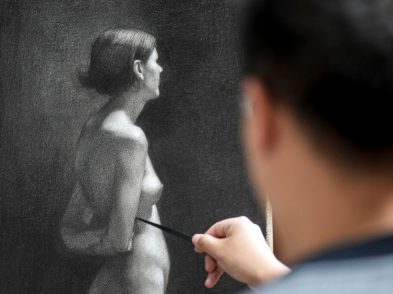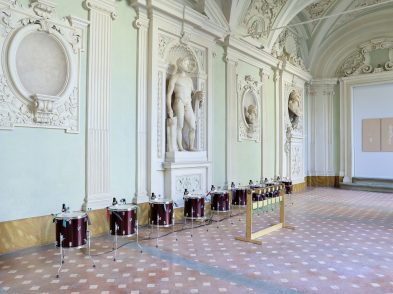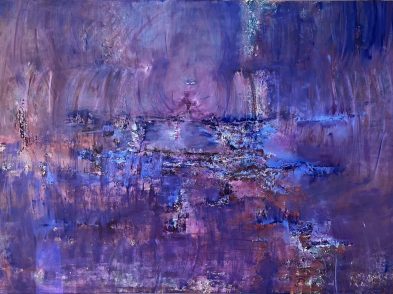Astronomy and its free-spirited cousin, astrology, both have important roles to play in the history of Florence, not only in a scientific sense, but also in art and modern culture.
Florentine New Year + Loggia dei Lanzi
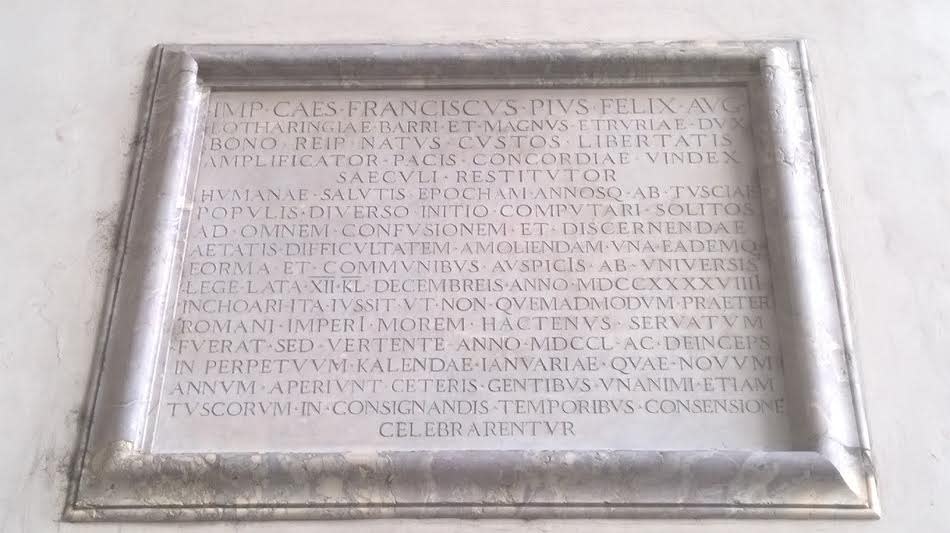
An opportunity to discover this hidden aspect comes on March 25, the day that Florentine New Year is celebrated with a procession through the centro storico in full medieval dress. This unique tradition comes from Tuscany’s stubbornness to conform to 16th-century calendar reform. In 1582, the Gregorian calendar placed New Year’s Day on January 1, modifying the previous calendar to align more closely with the solar year. In headstrong resistance, the Tuscans persisted with their chronology until 1750, when Grand Duke Francesco III of Lorraine issued a decree that forced the Florentines to, quite literally, get with the times. On the right-hand wall of the Loggia dei Lanzi, a stone plaque declares the suppression of the Florentine tradition.
Galileo in Florence
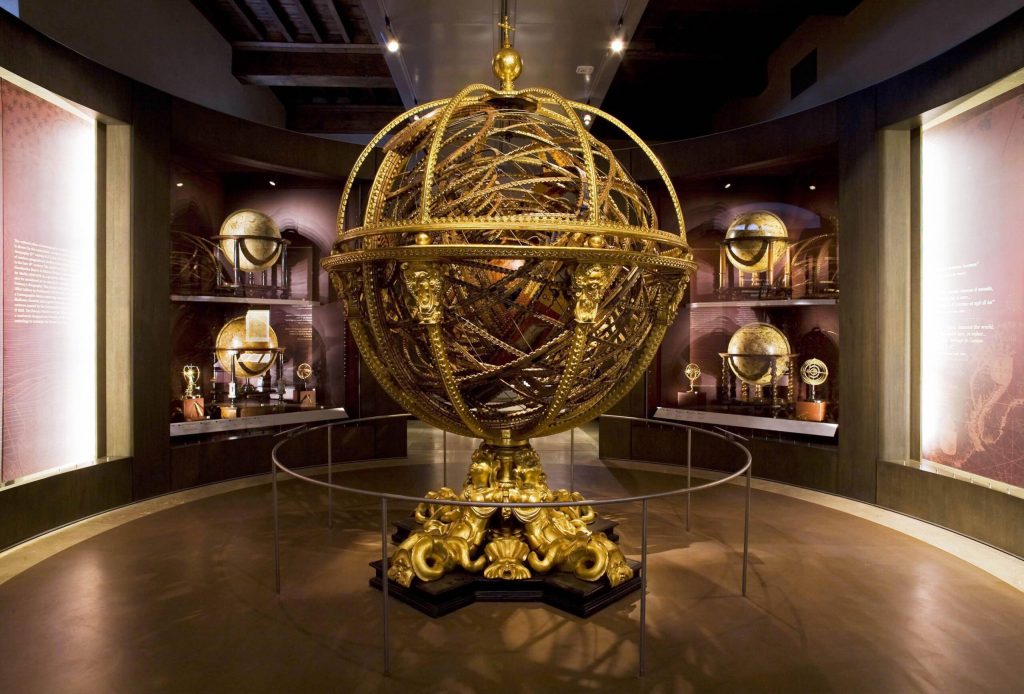
In defence of the Florentines, at this point the solar year was a far more complicated issue. According to loose biblical implications, the sun was still believed to orbit the earth as opposed to the other way round. A famous Tuscan trailblazer in this field was Galileo Galilei, to whom Florence owes much of its reputation in astronomy. Galileo defended this theory with observations made using the telescope he invented himself and published his findings in 1610 in his book Sidereus Nuncius, a facsimile of which is presented in the Museo Galileo. This was dedicated to Cosimo II de’ Medici, who rewarded him with an official appointment at the Medici court, inviting him to return to his homeland of Tuscany. The papal authorities resisted his questioning of biblical verses, however, and Galileo spent the final part of his life confined to house arrest in the Villa Il Gioiello in the Florentine hills (open by appointment only).
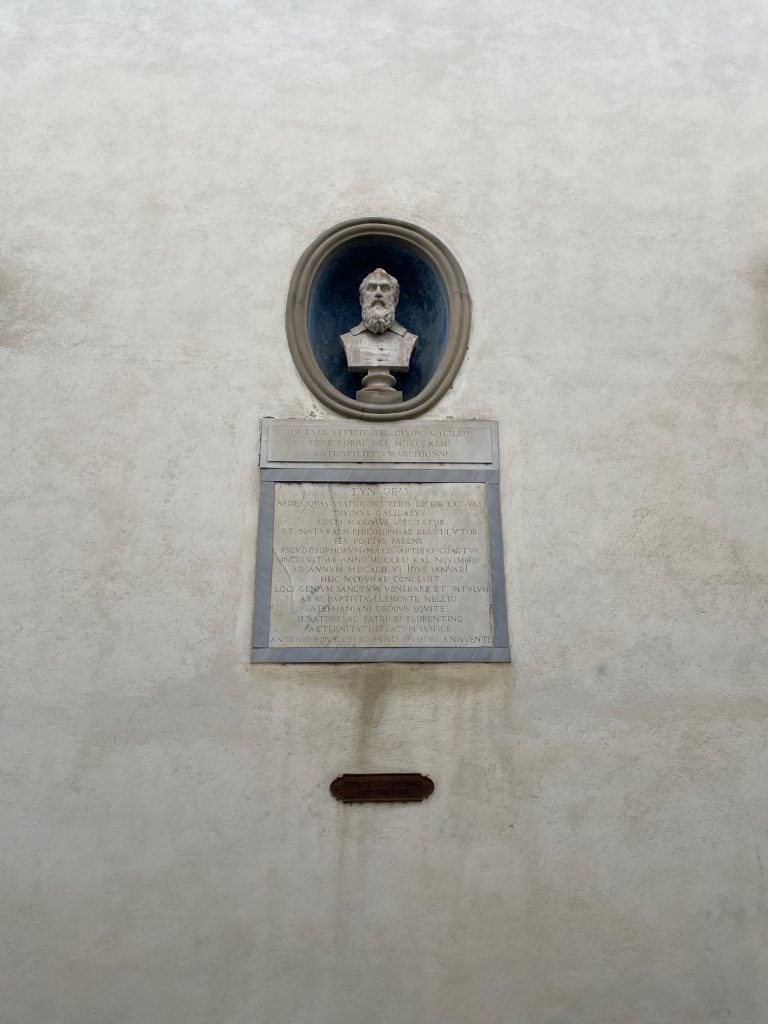
Immediately adjacent to the Museo Galileo is a monument with a second purpose: it operates as a sundial. The shadow cast by the vertical gnomon indicates both the date and time of day, marked by embedded brass lines signifying the zodiac symbols, and a meridian line pointing towards the Arno. A helpful panel instructs how the sundial works, which, if slightly outdated and weather dependent, is nonetheless entertaining and reminds us of the historical and practical value of the zodiac signs.
Another highlight worth seeing in Florence is the Tribuna di Galileo housed in the La Specola Museum. Designed by Giuseppe Martelli and opened in 1841, this secular temple in a Late Neoclassical Florentine style commemorates the Tuscan genius. The statue of Galileo was sculpted by Aristodemo Costoli, while the frescoes are the work of Giuseppe Bezzuoli, Gaspero Martellini, Nicola Cianfanelli and Luigi Sabatelli. Also at La Specola is the Astronomical Tower, which was engineered by Niccolò Maria Gaspero Paoletti at the end of the 18th century. Stargazers will be moved by the marble, copper, silver and scagliola meridian on the floor dating to 1784 as well as the all-round views of Florence from the upper octagonal room.
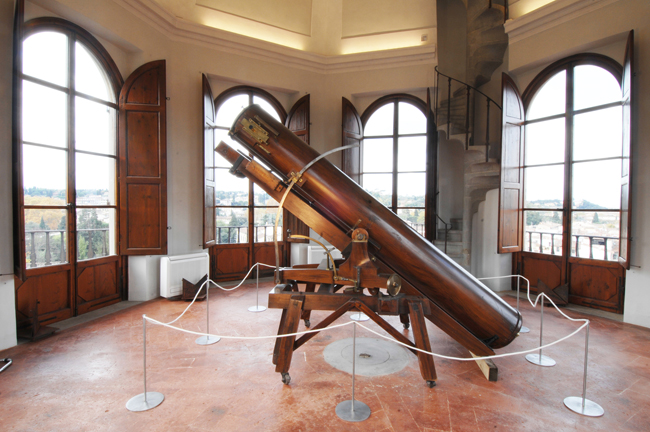
Astrology as seen on monuments in Florence
Nowadays, horoscopes are seen by some as light, if sometimes spookily accurate, entertainment, but with such historic roots and continuing public presence, the zodiac remains a powerful motif in modern Italian culture. Specifically in Florence, the symbols can be found in some of the city’s most central points, including on the floor of the Baptistery of San Giovanni, and in the Basilica of San Miniato al Monte, connecting religion, cosmology and art. The cultural importance of astrology derives from its recognition as a scientific discipline during the Middle Ages and Renaissance, at a time when very little was understood about the universe. The activity of astrologists was so highly regarded that it is recorded as an engraving on one of the panels closest to eye level on Giotto’s bell tower.
Observatories + planetariums in Florence
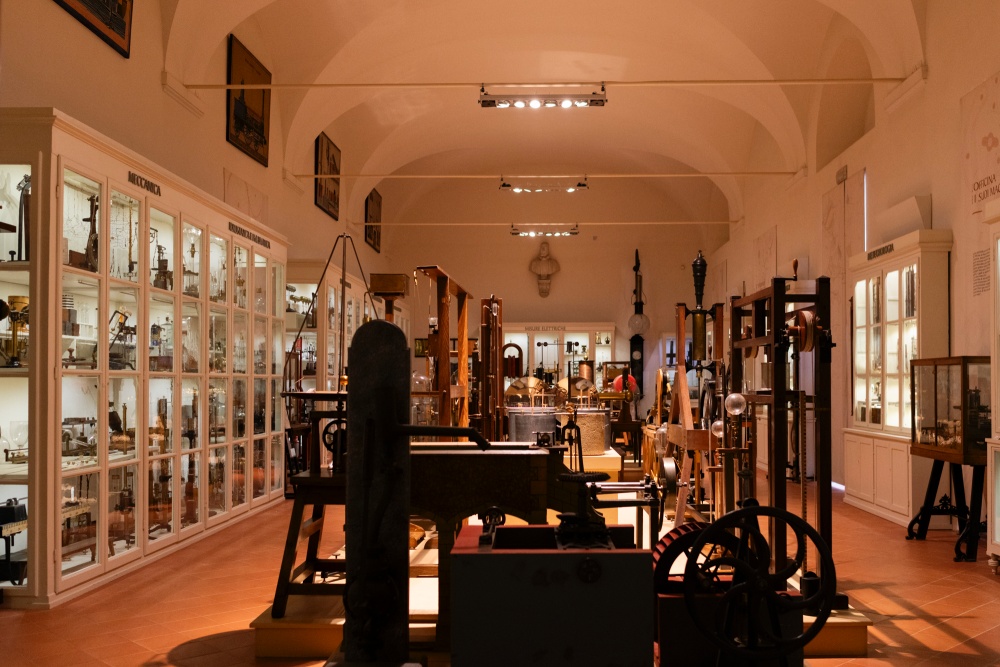
Current belief in the power of the stars and calendar cycles gives an ancient tradition a contemporary application which, accurate or otherwise, is grounded by hundreds of years of trusted, ever-repeating cycles. Whether the predictions are true or not, they form part of Florence’s intellectual legacy, which lives on in the current work of the renowned scientific community. The observatory in Arcetri commits teams of researchers to a variety of topics, from the largest astrological phenomena in the observable universe to the close chemical analysis of samples brought back from space, making use of cutting-edge technology and a strong reputation in Italy and internationally. Public engagement and education are high priorities, and both day- and night-time visits of the astronomical complex include guided tours and stellar observations using the Amici telescope.
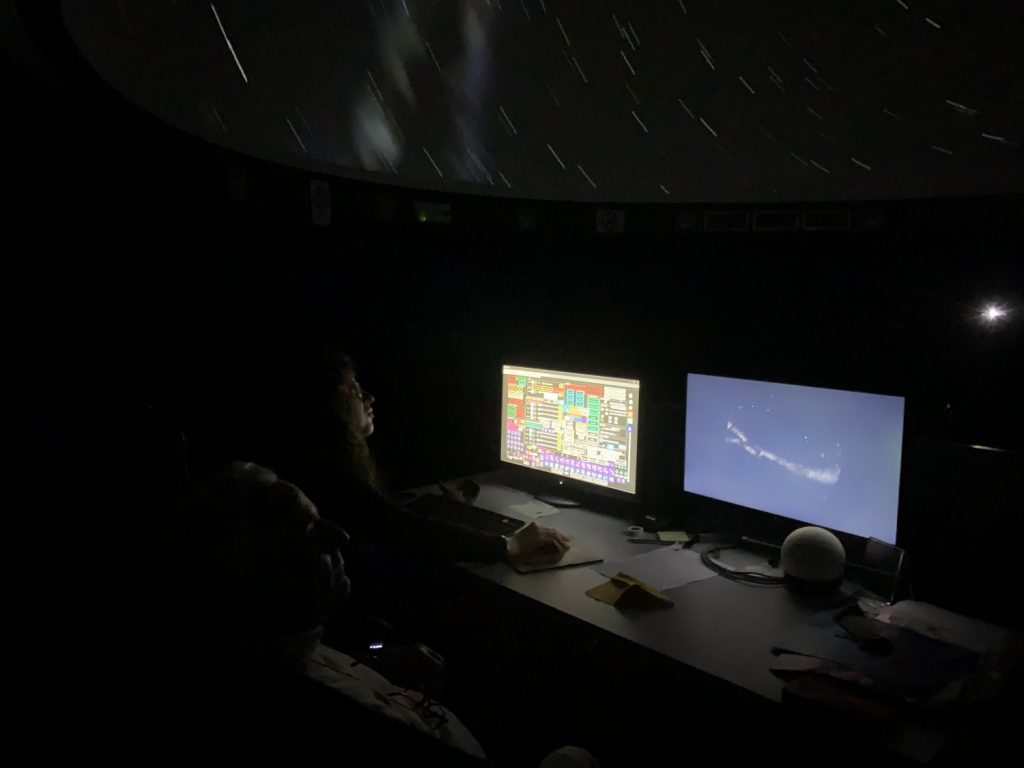
Meanwhile, Florence’s own planetarium in via Giusti welcomes visitors to the university-managed museum to explore a 3D interactive map of the universe, and runs regular lectures and educational opportunities.


